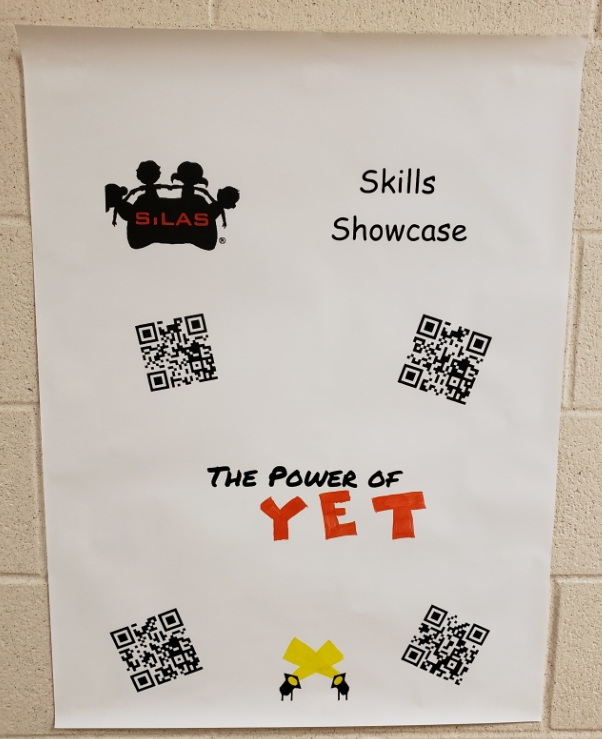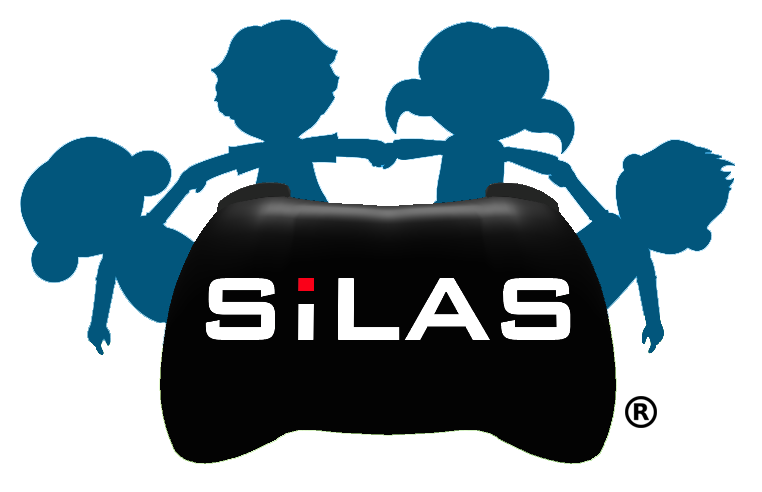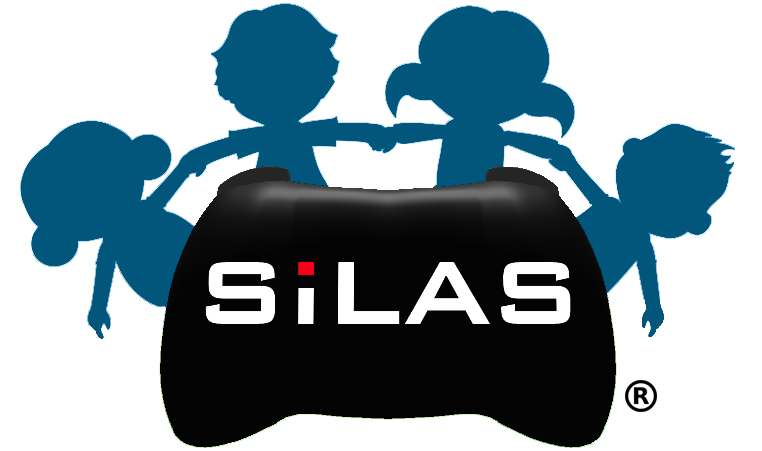At SiLAS, we know how talented and passionate our users are. That is why we are committed to showcasing these amazing educators and how they’re using SiLAS to improve student learning!
This post’s User Spotlight is Cari Neal. Cari is a Special Education teacher for students with emotional/behavioral challenges at Huntington County Community School Corporation (HCCSC) in Huntington, Indiana.
Here are 5 questions with Cari Neal:
1) What were your first thoughts after seeing SiLAS?
Upon first seeing SiLAS, I knew it was something that would engage my students and allow for a great deal of flexibility to meet our needs.
 2) How are you using SiLAS with students?
2) How are you using SiLAS with students?
Students participate in weekly lessons utilizing the SiLAS curriculum. After completing the lesson, students enjoy making animations. Animations are shared with others in a variety of ways. We have SiLAS Skills Showcase posters hanging in the hall of the school with QR codes for students to scan and view. We have hosted a SiLAS Celebration in which district leaders were invited to preview student animations from a variety of topics. Animations are uploaded to YouTube and links are sent out for parents to enjoy.
3) What do your students and parents think about SiLAS?
Students LOVE SiLAS and enjoy being the star of the show when we preview them as a class. Parents enjoy receiving the animations and being able to discuss with students what they have been learning. Parent sheets are now being utilized to send home as well.
4) What has been your favorite SiLAS story or experience?
I have enjoyed seeing the students’ excitement when they are working on their SiLAS lessons. It is amazing to see them work together to create a final project.
5) What do you think other teachers should know about SiLAS?
The possibilities are endless with SiLAS. Just take the first step and give it a try.
Thank you to Cari for sharing the amazing ways he is using SiLAS in the classroom!


